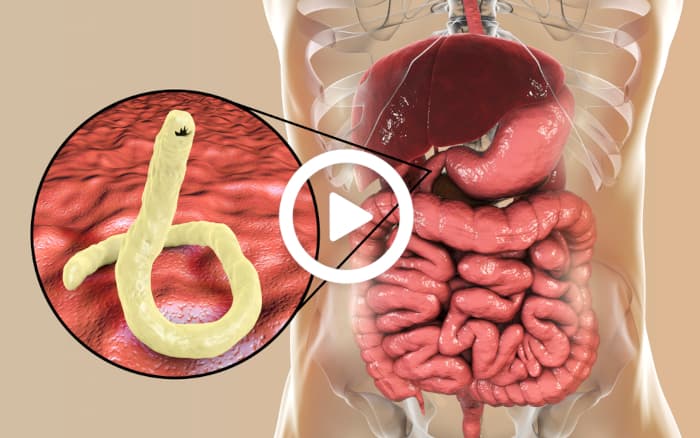Biggest Challenge for Hearing Aids in Background Noise
Despite remarkable advancements, hearing aids still struggle with improving speech recognition in noisy environments. This is a major concern for users who find themselves in bustling situations like restaurants, feeling disconnected and unable to engage fully in conversations.
Current technologies utilize methods such as noise reduction, directional microphones, and even remote microphones. These tools improve hearing aids' performance in noisy environments but can often fall short of providing the clarity users need.
Techniques like digital noise reduction help distinguish between speech and noise but only provide moderate improvements. Directional microphones offer focused amplification, while remote microphones can deliver sound directly to the hearing aid, albeit requiring setup and usage.
“The application of deep neural networks in hearing aids allows for extraordinary processing powers previously unattainable by human engineers.”
Manufacturers like Phonak use AI-driven chips to lay the foundation for this new capability. Their Deep Sonic chip leverages trillions of operations per second to markedly improve users’ experiences, virtually combating the long-term challenge of distinguishing speech from noise.
- Operates on 53 times more processing power.
- Integrates seamlessly with directional technologies.
- Demonstrates substantial improvements in noisy conditions.
Phonak’s innovations epitomize the potential of coupling AI with traditional auditory solutions. As hearing aid technology progresses, users are granted an unprecedented opportunity for clearer communication, easing their social interactions significantly.
The integration of AI in hearing aids does not yet replace natural hearing fully, particularly in complex environments, but it brings us closer than ever before. With each technological stride, the hearing aid industry is reshaping the accessible auditory future for users worldwide.
From Around The Web
Wellness Inbox is a blog & weekly newsletter that curates trending news and products related to health and wellness from around the web. We also gather content from various sources, including leading health professionals, and deliver it directly to you.
Please note that we may receive compensation if you purchase any products featured in our newsletter. Wellness Inbox is not affiliated with, nor does it endorse, any health professionals whose content may appear in our newsletter. The information provided is for general informational purposes only and should not be considered medical advice.
The information provided is not intended to replace professional medical advice, diagnosis, or treatment. All content, including text, graphics, images, and information available is for general informational purposes only. We do not guarantee the accuracy or completeness of any information presented and assume no liability for any errors or omissions. The content is subject to change without notice. We encourage you to verify any information with other reliable sources and consult your physician regarding any medical conditions or treatments.







